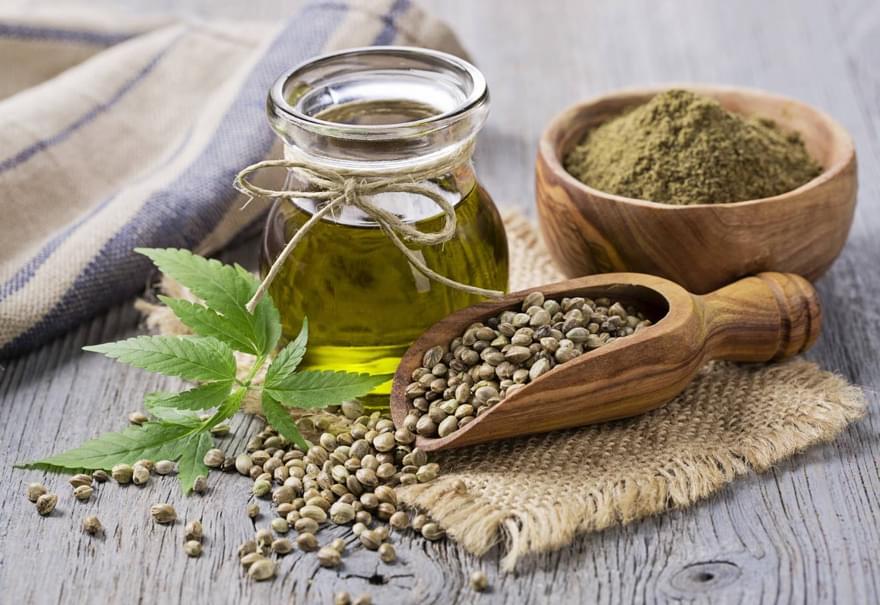
Hemp Seed - A Powerhouse of Health for Your Dog
Guest Blog: Anna Webb
Hemp seed and hemp seed oil are a powerhouse of health that's good for the planet, biodiversity and your dog. Find out why here.
Guest Blog: Dr. Conor Brady
We are very protective over the young ones, aren't we? So cute, so fragile. We want them to have the best start in life. We want to protect them from all harm, be it physical in terms of a some trauma or mental in terms of a fright. The reason being the repercussions of such happenings - an injured leg, the accidental ingestion of some poison, a dog left constantly frightened by large dogs - can be long lasting and often life debilitating.
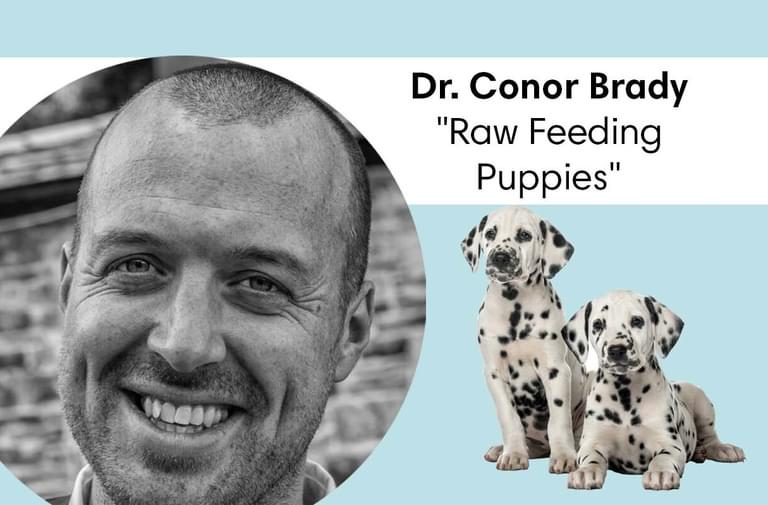
We are very protective over the young ones, aren't we? So cute, so fragile. We want them to have the best start in life. We want to protect them from all harm, be it physical in terms of a some trauma or mental in terms of a fright. The reason being the repercussions of such happenings - an injured leg, the accidental ingestion of some poison, a dog left constantly frightened by large dogs - can be long lasting and often life debilitating.
In this respect, proper nutrition is perhaps one of the most important concerns for the new pet parent as the ramifications of a bad diet are perhaps the widest reaching, both physically and emotionally, can be the longest lasting of all. So let's take a trip through some of the important bits raw gets so right and dry gets so wrong for your pup...
In terms of feeding, it's incredible, frankly incredible how wrong the pet food industry has got it up until this point. I would go as far as saying psychopathically wrong, as the information, the science, the studies, call it what you want, have been very clear since the very start – once off the teat, little meat eaters should be fed like big meat eaters. There are no other options. There is zero evidence, zero, that any other way of feeding them, say with a high carbohydrate kibble, is better for them than a fresh, biologically appropriate diet. There is only evidence of harm.
So, how do high carbohydrate, low protein diets still exist for our most vulnerable? It's because they’re cheaper to make. There is more money to made putting out products like this, pure and simple. That bothers me greatly.
Studies show dogs, left to their own devices, follow a meat-based diet for the very large part. In the wild, mothers would regurgitate their raw meat meals for their pups. They don't sort protein from fat from bone. They can't. The partially broken down, partially digested meat meal (not unlike pre-made raw dog food!) is presented in one big mess and the pups chews and laps it up. Yummy!
Skip to 1:20!
That's the start of things for little meat eaters. Then Mum (and Dad) starts bringing back whole pieces for them to scrap over and soon they're out looking for the good stuff themselves. It's as simple and as complex as that.
So what does that meal look like? Well, it would be fairly lean, containing lots of animal protein and some fat. We say lean as there are no fat animals in nature. Those guys are cheeseburgers. Young animals are fattier for sure, a delicacy for carnivores when unprotected. And animals do get fatter in Autumn to prepare for winter, absolutely, but overall, the evidence suggest they are mostly lean, unlike farm-reared meat.
The most common food items selected by the dog appears to be small animals including rabbits, rodents, birds, frogs, carcass and perhaps a very small amount of plant matter. While the nutrient composition of smaller prey animals varies with species, season, and living conditions, we have established that protein/fat ratio of small, whole prey animals such as rabbits is probably something around a lean 4:1, on a dry matter (water removed) basis. In fact, few prey animals register below 60% protein, on a dry matter basis.
For this reason, I do feel modern pre-made raw dog foods that are equal parts protein to fat are very high fat diets. Most are around 2 parts protein to 1 part fat, say 16g of protein to 8g of fat per 100g, but this, in my opinion, is still a higher fat diet for dogs. They love fat, of course. In ad-lib (eat as much as you like of whatever) trials dogs pig out on fat first, decreasing their intake over time. Fat would be a scarce but highly prized food item in nature. It offers twice the calorific whack of protein and those sorts of gains can mean the difference between life and death in the wild.
Dogs seem to do fine on these higher fat mixes when fed in moderation but I would advocate for leaner diets day to day. Paleo Plus, which I helped formulate, is quite lean compared to competitors, around the 4:1 ratio. We achieved this by including more lean meat. This offers a conundrum to the manufacturer as such mixes cost a lot more to make and thus appear “more expensive” than so many competitors. It puts extra pressure on the manufacturer to increase the awareness of the biologically appropriateness of such foods.
So, historically dogs and their pups have enjoyed a fresh, lean, high protein, moderate-to-low fat diet, the very opposite to the high carb pellets recommended by vets today.
Fresh protein is vital to your pups early development. Proteins are the building blocks of life. They are the basis of all tissues – muscles, bones, tendons and ligaments. It is your hair, skin and fingernails. It is your joints, blood vessels and organs. Protein is vital to cellular regeneration, maintenance and repair, and for making hormones, enzymes and antibodies. It’s hard to over- emphasize just how important good quality protein is to the young frame (any body, really). In fact, the word protein comes from the Greek word proteios, meaning ‘of prime importance’.
Raw dog food provides them with all the protein building blocks they could possibly need to build the most perfect, most robust frame they can. The ingredients in dry food absolutely do not, hence they have to add them at the other end from a conical flask (as if protein was just amino acids, but we don't have time to go down that rabbit hole...)
OK Conor, right, bloody hell, we get it. Lots of protein for little pups. Please stop.
Right, back to the dry pet food producers. The Small Animal Clinical nutrition (SACN, penned by Colgate Palmolive, the makers of Hills Pet Food) states the minimum protein requirement for the normal growth of pups (over 6 months in a cage where fitness is measured only by 4 blood values, no joint integrity, lean muscle mass or any other fitness measures of value are taken), is 225 g of protein per kilogram (22.5%) of dry food for pups aged 4–14 weeks (falling to 175 g per kg (17.5%) of dry food for older dogs).
For some reason, over time, these minimum guidelines have become an optimum for the industry to achieve. Can you believe that?? Check your dry food of choice. It’s hard to get away from this one: your vet is recommending that a dry food with the minimum amount of protein, is the optimum route to nutritional prowess in your little protein eater.
The rest of that kibble, bar the bit of badly treated, chemically preserved fat, is cheap carbs. This is despite taste trials conducted by the pet food manufacturers themselves (pubmed.ncbi.nlm.nih.gov) revealing dogs do not choose carbohydrates to any large degree at all. In fact, when carbs are included and put to the test in sled dogs, injury increases the more carbs fed. We know the more protein you include (and the less carbs) the better their kidney function. We know high carbohydrate diets are linked to obesity and that lower-higher-protein diets produce better weight loss results. We know high carb diets are linked to diabetes, are causing most of the pancreatitis affecting 2/3 of healthy (dry-fed) cats and dogs by mid-age and explain a large chunk of why dogs are TEN TIMES more likely to get cancer than humans. Can you believe that?
And it gets worse. With all the indigestible filler ingredients they use to pad out their already nutrient bereft meals, such as bone meal, entirely indigestible corn gluten and beet pulp etc, you'd be forgiven for wondering how much of the actual protein stated on the pack is actually available to the pup? Krogdahl et al. (2004) examined this very question. They tested a range of different dry food diets in mink, including Eukanuba Puppy, Proplan Puppy, royal Canin Puppy and Hill’s Puppy. They found that of the amount of protein stated, less than 75% of it was available to the animal. On average, Eukanuba Puppy stated 27.9% protein, only 20.3% was actually available; Proplan Puppy stated 26.2% protein, only 20.1% was available to the test animals; Royal Canin Puppy stated 21.7% protein (already boldy below the minimum permitted!!), only 16.7% was available; Hill’s Puppy stated 26.8% protein, only 20.8% was available to the animal.
Further, Krogdahl et al. further found no discernible difference in the nutrient content or protein quality or protein digestibility between lower-quality (cheaper) dry foods and these more premium products. They were all the same. The only perceivable difference being the price tag, assumedly.
It is likely the sheer lack of building blocks why Grundström (2013) found that feeding a species-appropriate raw diet is protective of chronic hip dysplasia (CHD) in large-breed German Shepherd pups. Their poster was presented at the Waltham Nutritional Symposium in 2013. They analysed information from 287 GSD owners ranging in age from 2–6 months (54 with CHD, 103 without) and 6–18 months (49 with CHD, 81 without) and found that feeding a species- appropriate diet consisting of raw meat, raw offal, raw bone and raw cartilage, raw fish, raw egg and raw tripe could protect GSD from CHD. The data further showed that even if only a part of a kibble-fed dog’s diet is supplemented with raw food, it could help protect puppies from CHD. Interestingly, the study found that feeding cooked meat, bone and cartilage might increase the risk.
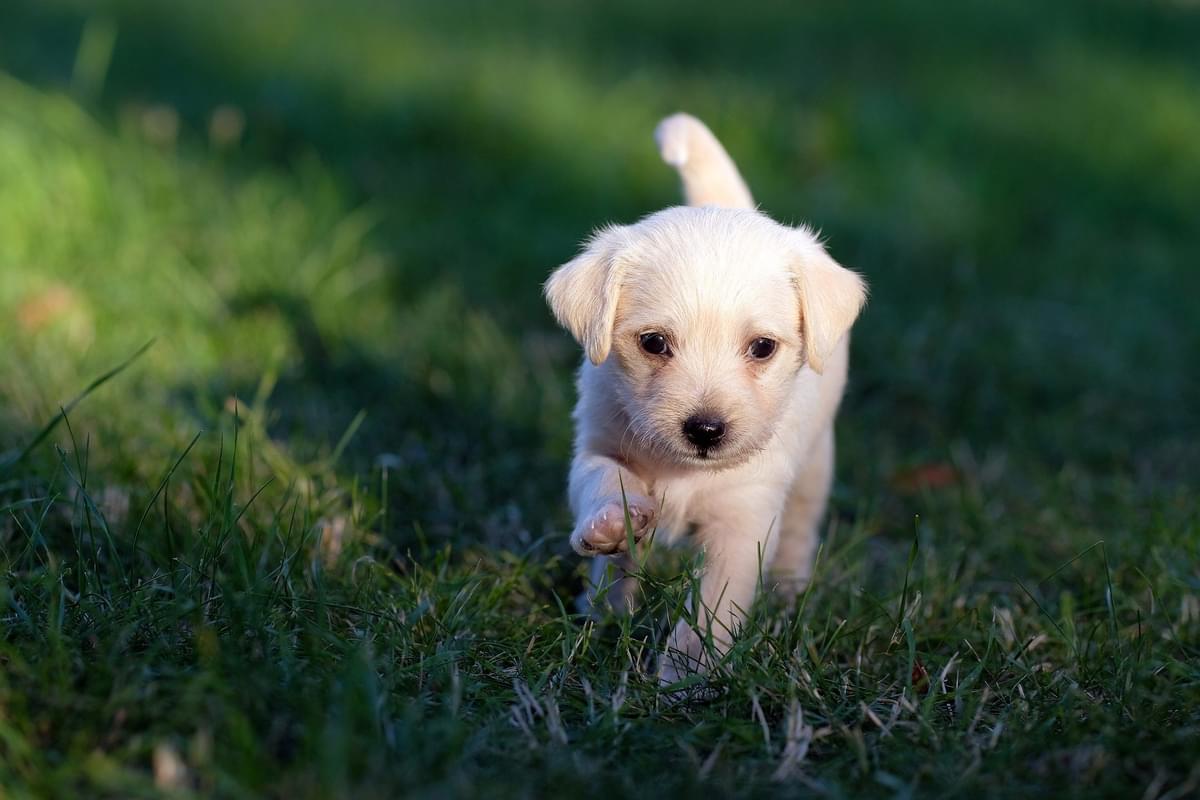
And it's not just protein. The dry food industry (and thus vets) are bordering-line obsessed with calcium phosphorus (Ca Ph) ratio in (dry) pet food. While the figure is constantly being reviewed downward, the general consensus is that these nutrients in dog food should not exceed the required 0.8% crude Ca and 0.69% crude P per kilogram of dry matter (dM) for the normal growth of puppies in both small and large breeds (although this figure likely exceeds metabolic requirements in giant breeds). These authors all stipulate that a crude Ca:P ratio of 1.2:1 in ultra-processed pet food is important.
This concern has now spread over to the raw world as if it's equally relevant here but it's not. As I revealed in my book Feeding Dogs, no prey animal breaks down to this ratio. Most have a Ca:Ph ratio of 2:1. This ratio is important in dry food as they believe in now completely defunct “George Jetson” vitamin and mineral pill approach to adequate nutrition in an animal. We know this doesn't work. Conical flask nutrients are not treated the same by the body.
Napoli et al. (2007) divided 183 women into three groups – one group (the ‘diet’ group) consumed at least 70% of their daily calcium from real food, another (the ‘supplement’ group) consumed at least 70% of their calcium from tablets or pills (exact source of calcium unspecified) and a third whose calcium-source percentages fell somewhere in between these ranges. They found that the ‘diet’ group took in the least calcium, an average of 830 milligrams per day and yet this group had higher bone density in their spines and hip bones than women in the ‘supplement’ group, who consumed about 1,030 milligrams per day.
So, we raw feeders rest easy. Our pups can happily munch on a nice, fresh meaty bone a few times a week and not blow out his calcium phosphorus ratio. This is not a concern in our world, of course it's not, the body adjusts, naturally. However, should you see him munching on a tub of calcium supplements, the result may not be the same.
It's the same with phosphorus. We always thought “phosphorus” was bad for kidneys which would be strange considering how much phosphorus there is in meat. Maybe mother nature made a mistake with this one. Only we now know it's the conical-flask phosphates used in dry pet food that have harmful effects on cat kidneys (REF). Naturally-occurring phosphorus does not seem to.
Then there is the power of fat. Raw dog food provides fresh fat to dogs as in there is all the crucial omega 3 fatty acids, specifically EPA and DHA, that the little meat-eater needs. Taken from my book Feeding Dogs:
Omega-3, in particular EPA and DHA, are essential for normal brain development, playing a pivotal role in the regulation of synaptic plasticity and neurogenesis as well as dopamine neurotransmission. Rat diets deficient in omega-3’s result in aggression and stress behaviours, while decreasing learning ability. It’s the same in dogs. A study of 18 aggressive German Shepherds showed lower omega-3 concentrations and higher omega-6 concentrations (from the copious plant ingredients), resulting in a higher omega-6/omega-3 ratio. Despite this, Hadley et al. (2017) found one in four best-selling, ‘complete’ dry foods tested contain zero or practically zero EPA and DHA. DHA deficiency in pregnant and lactating bitches affects the brain development of puppies. Simply supplementing dry diets with fish oil containing high levels of DHA improves the learning capability of puppies compared to those fed low-level DHA fish oil.
Correct puppy nutrition begins when they are developing in the womb. Mum has never needed fresh building blocks in their purest form more. But once born and moving off the teat, for the transition, it’s thought the best meats to start with are plain, raw, boneless, white minces such as chicken, fish or turkey. Feel free to leave out a large meaty beef bone for them to gnaw on but make sure it is not small enough to swallow. This is particularly important as they develop those jagged little puppy teeth. They really hurt their jaw and this leads them to chew to relieve the pain, ultimately destroying your furniture in the process. After a couple of days of white meats, you’re ready to move on to red minces (duck, beef, pork, organ meats) and these can contain ground bone, just like Mum would regurgitate. Of course, if you’ve got a teacup breed, you, may need to select a product where the bone content has been ground fine into a homogeneous mix.
Most breeds will be eating meat on the bone by 6 weeks and onward, if you can believe it! If you're not ready for this leap, no problem, stay on your pre-mades, offer them a meaty bone now and again and they'll be right as rain.
Remember, taste patterns and ultimately pickiness is established early in pups, before five months of age. All the trainers will know it as the Imprinting Period. For training and particularly socialisation, it's a crucial period in the dogs' life. But it's also important for feeding. The process actually begins in the womb. You can spray apply scent in the air of pregnant rats and the pups come out fighting over the apple-tainted nipples.
So, if you want your dog to enjoy a nice varied diet in the future you need to vary up the foods you're offering Mum while pregnant and feeding them a nice varied diet while young. Cycle through your meats or pre-mades offered. They will mentally target all these foods as safe and tasty and will feed freely upon them later in life. This process explains why we have YouTube videos of adult “vegetarian” cats chewing on stems of broccoli, like it's normal, the owner often claiming “they love it”. Cats do not normally eat such material. It's not expected to have a good long term outcome for the animal.
An 8-week-old puppy will eat 10% of his body weight per day in fresh food! When they reach 50% of their adult body weight, this drops to around 5% of their body weight per day and 3% by the time they reach full size. However, all dogs will differ depending on their expected adult size and growth rate. For a more accurate figure, see the Paleo Ridge Raw Feeding Calculator.
Most young pups are fed three to four times a day (I prefer the latter, initially). Drop to three meals a day by 3 months. Aim to be feeding them two meals by 5–6 months. However, your breed can go through quite predictable growth spurts (ask your breeder or research your breed online) as hormones kick in at various ages. During this period, your pup will need extra feeding so don’t be afraid to give them the odd extra meal here and there if you think they need it. After 6 months, many stay at two meals or drop to one meal a day, whatever works for you. They’ll be happy with either, although there are the possible health benefits of occasional fasting linked to the longer periods of abstinence from food when only feeding once per day.
For the unfortunate situation where it is necessary to substitute the mother’s milk, try the following. It’s rocket fuel and they will LOVE it.

Guest Blog: Anna Webb
Hemp seed and hemp seed oil are a powerhouse of health that's good for the planet, biodiversity and your dog. Find out why here.
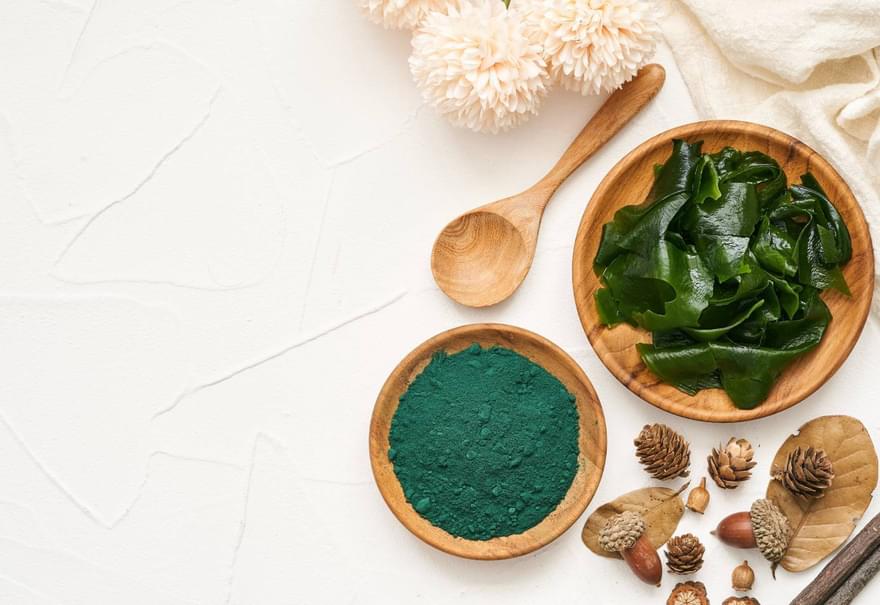
Guest Blog: Anna Webb
Sea vegetables help sustain ecosystems, boost the planet’s oxygen supply, could these ‘veggies’ be good for dogs?
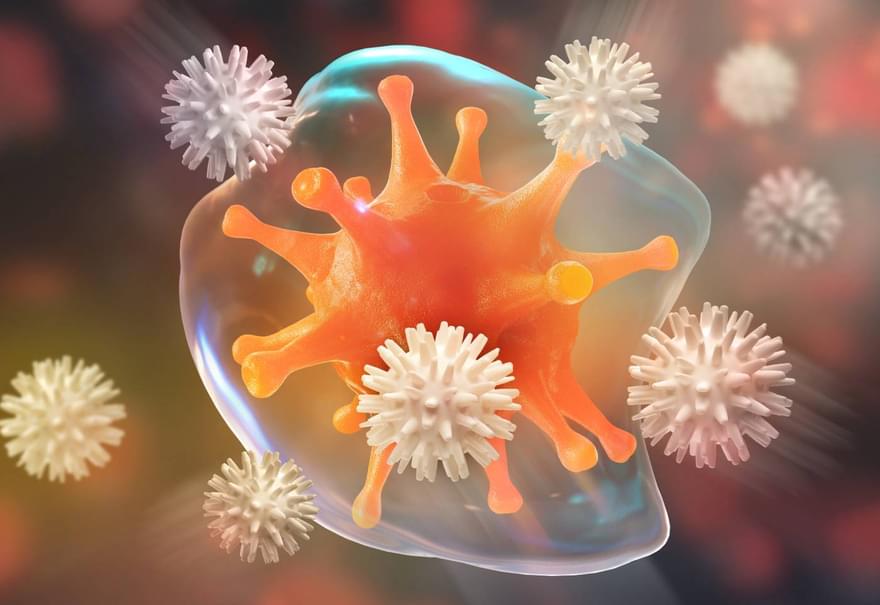
Your dog's body is a sophisticated arrangement of organs, cells and proteins all tasked with safeguarding the body from infections. So what is the best way to support this unique system?